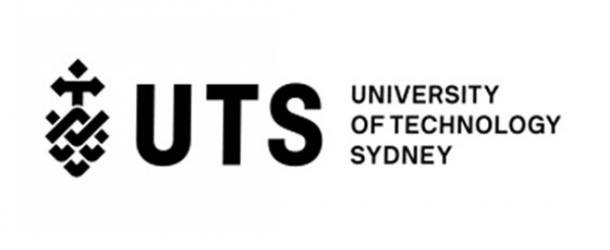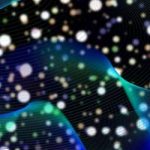Single-Photon source opens door to practical QKD

(Photonics.com) Researchers at the University of Technology Sydney have developed a new high-purity single-photon source that can operate at room temperature. Inside Quantum Technology shares the news about the findings and its significance for future practical applications.
The high-purity single-photon source marks an important step toward practical applications of quantum technology, such as highly secure communication based on quantum key distribution (QKD).
The single-photon source uniquely combines a 2D material called hexagonal boron nitride with an optical component known as a hemispherical solid immersion lens, which increases the source’s efficiency by a factor of six.
“We developed an on-demand way to generate photons with high purity in a scalable and portable system that operates at room temperature,” said Helen Zeng, a member of the research team from the University of Technology Sydney in Australia. “Our single-photon source could advance the development of practical QKD systems and can be integrated into a variety of real-world quantum photonic applications.”
Zeng and colleagues from Australia’s University of New South Wales and Macquarie University demonstrated the single-photon source’s ability to produce more than 10 million single photons per second at room temperature. They also incorporated the single-photon source into a full portable device that can perform QKD.
QKD enables tamper-proof encryption for data communication by using the quantum properties of light to generate secure random keys for encrypting and decrypting data. QKD systems require robust and bright sources that emit light as a string of single photons. However, most of today’s single-photon sources don’t perform well unless operated at cryogenic temperatures hundreds of degrees below zero, which hampers their practicality.
Having established proof that their portable device can perform complex quantum cryptography, the researchers can perform further testing of the technology’s robustness, stability, and efficiency during encryption. They also plan to use the new source to perform QKD in real-world conditions rather than inside the lab.
“We are now ready to transform these scientific advances in quantum 2D materials into technology-ready products,” said Igor Aharonovich of the University of Technology Sydney, who led the project.























